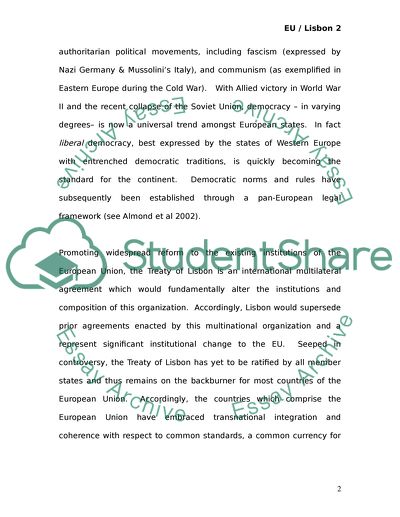Cite this document
(“EU LAW Essay Example | Topics and Well Written Essays - 3000 words”, n.d.)
EU LAW Essay Example | Topics and Well Written Essays - 3000 words. Retrieved from https://studentshare.org/miscellaneous/1553666-eu-law
EU LAW Essay Example | Topics and Well Written Essays - 3000 words. Retrieved from https://studentshare.org/miscellaneous/1553666-eu-law
(EU LAW Essay Example | Topics and Well Written Essays - 3000 Words)
EU LAW Essay Example | Topics and Well Written Essays - 3000 Words. https://studentshare.org/miscellaneous/1553666-eu-law.
EU LAW Essay Example | Topics and Well Written Essays - 3000 Words. https://studentshare.org/miscellaneous/1553666-eu-law.
“EU LAW Essay Example | Topics and Well Written Essays - 3000 Words”, n.d. https://studentshare.org/miscellaneous/1553666-eu-law.


